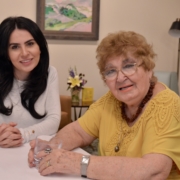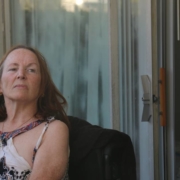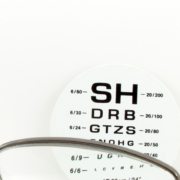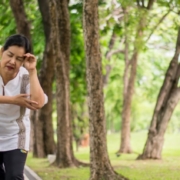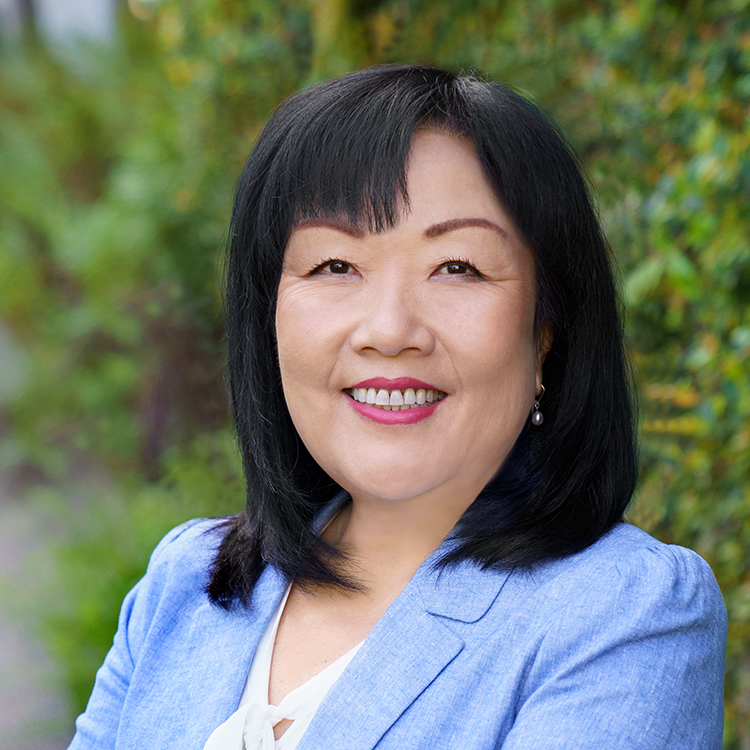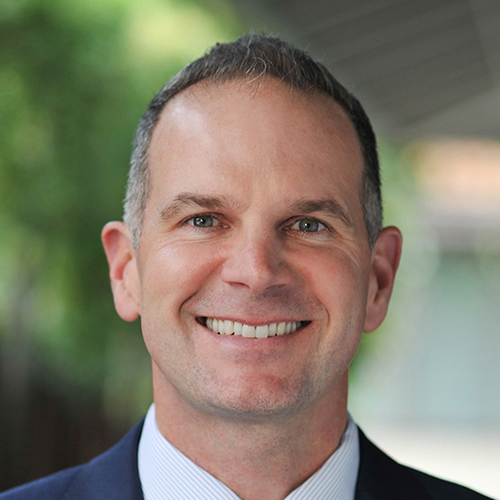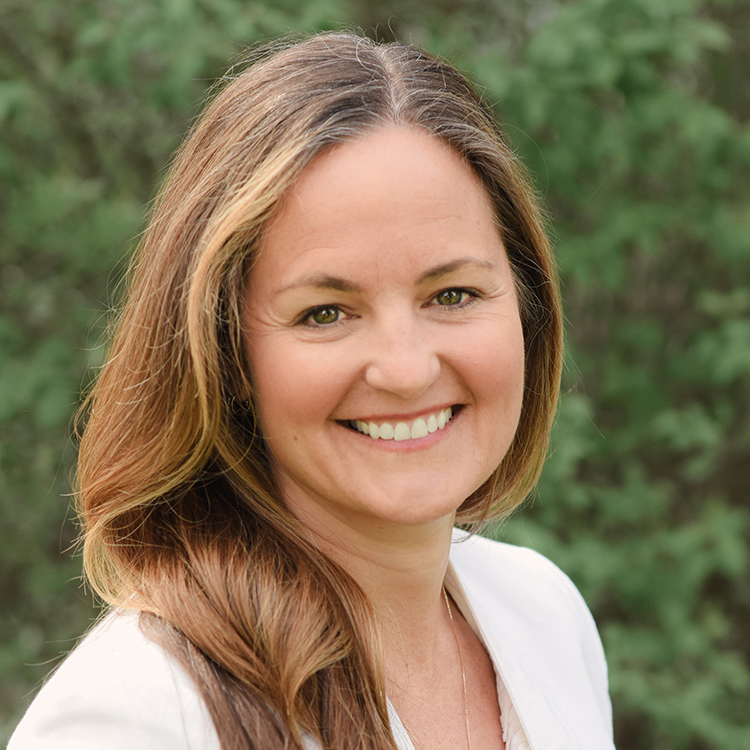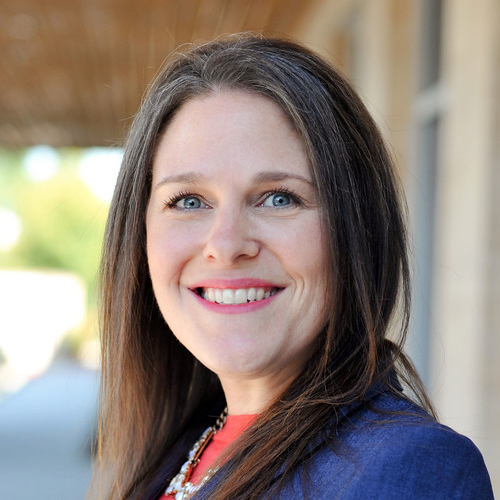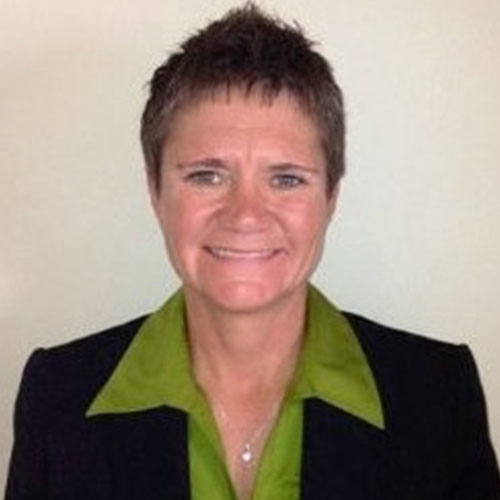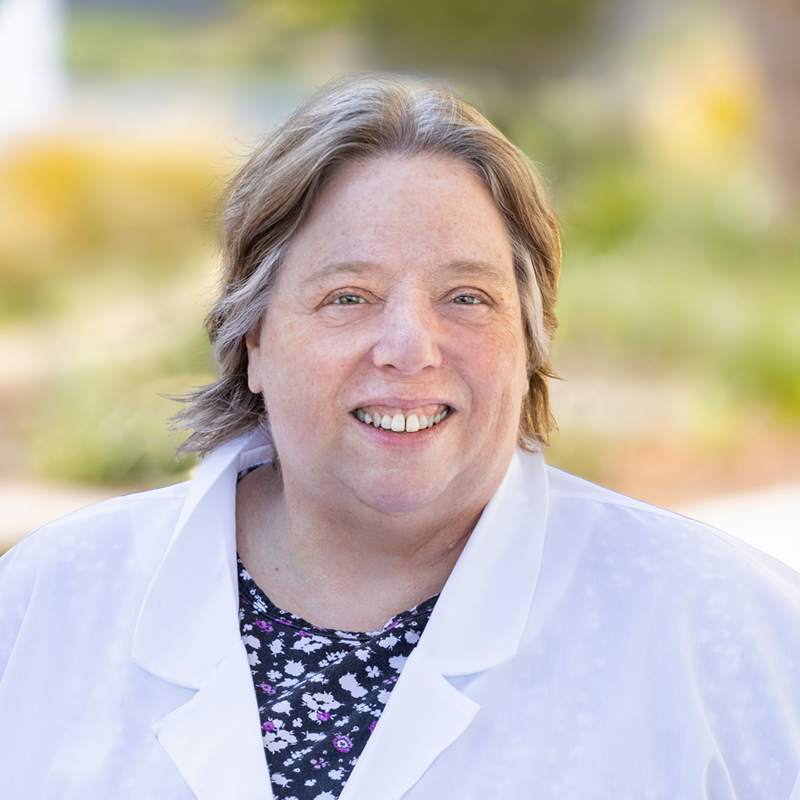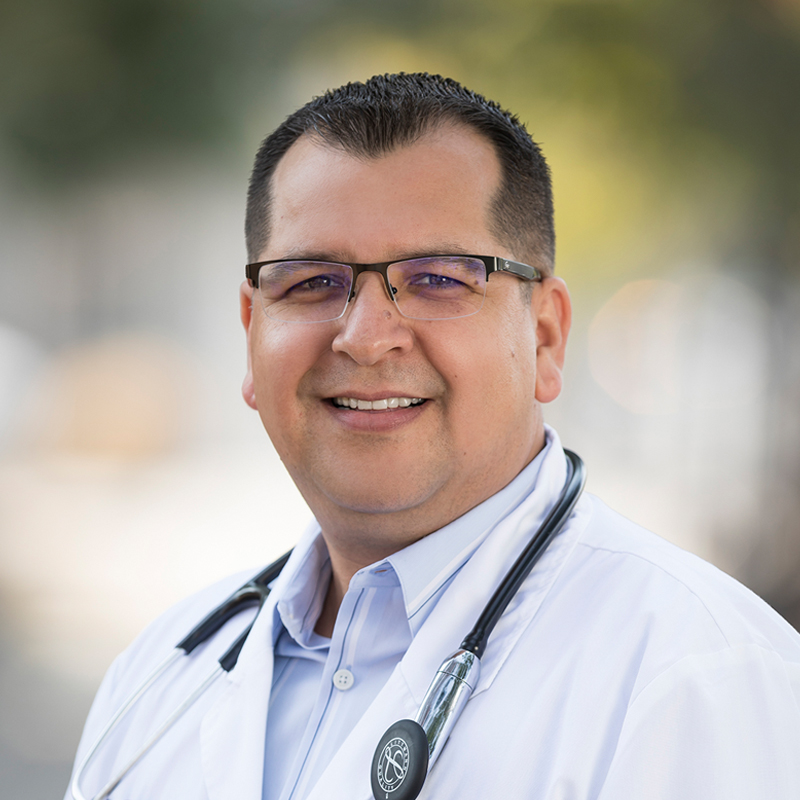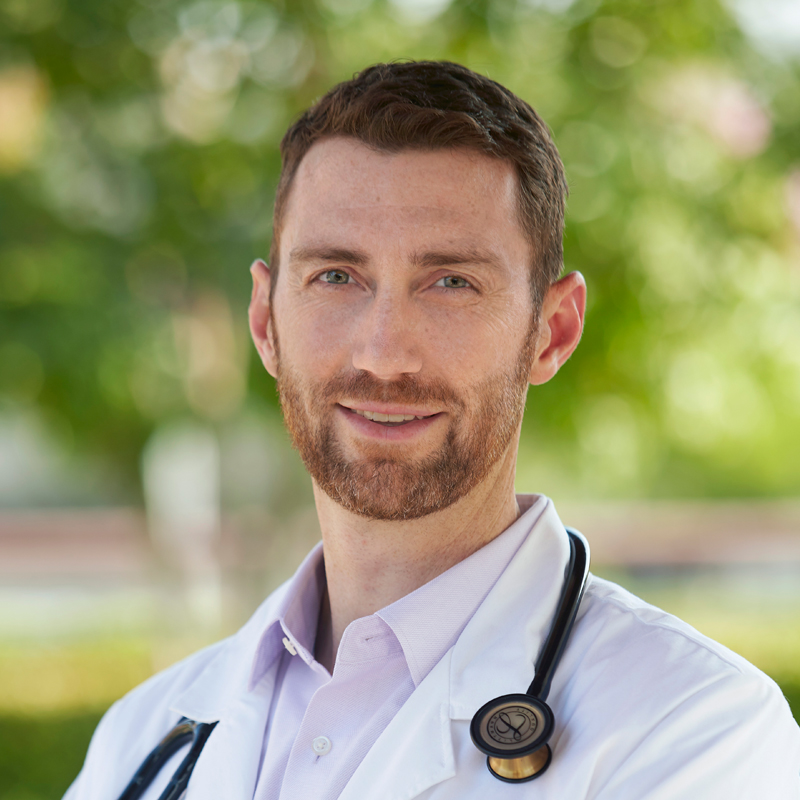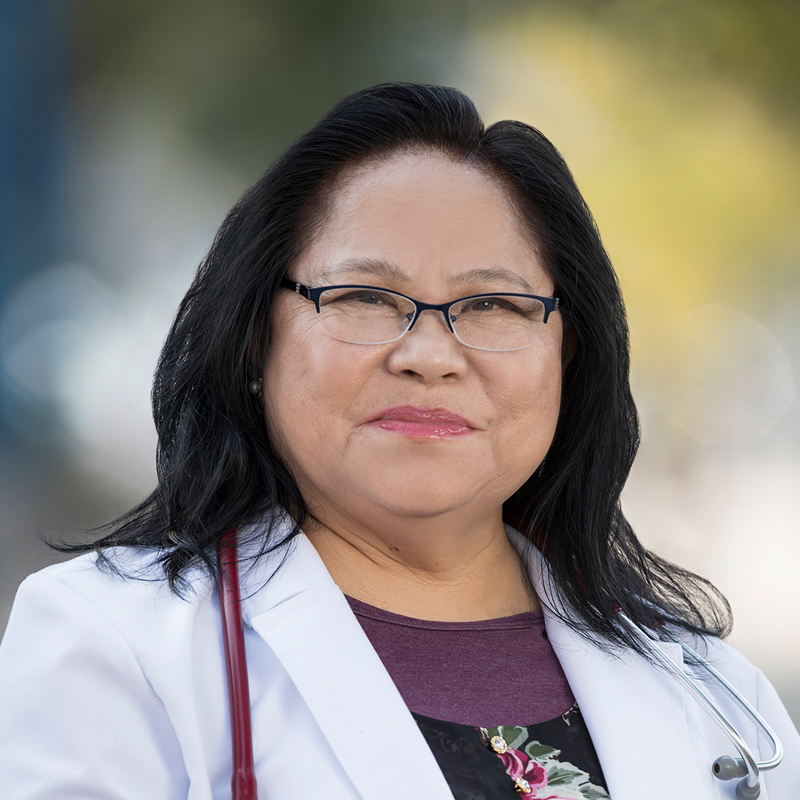What is PACE, and how can it help me stay well and independent?
Too often, elders and their caregivers struggle to get the help they need in their homes. Maybe you’re experiencing this challenge yourself. If so, you may not realize that WelbeHealth provides an affordable alternative to nursing home care, called PACE. PACE is a program that keeps seniors with complex health conditions living safely in their homes and gives families the support they need. But, what exactly is PACE? What are the benefits of the program? Below, we’ll explain.
What is PACE?
PACE (Program of All-Inclusive Care for the Elderly) is a healthcare option for seniors whose health issues may affect their independence. This program is a great alternative to nursing home care and gives seniors the support they need to continue living safely in their homes.
WelbeHealth provides PACE in a way that participants and their families often say seems almost “too good to be true.” We are committed to unlocking the full potential of seniors through our courage to love, pioneering spirit and shared intent. The program is funded by the federal government, and WelbeHealth is a licensed PACE provider in the state of California. When you enroll in PACE with WelbeHealth, we provide your care, and are also financially responsible for your care. Essentially, the program is your health care provider and health insurance combined.
| Fun Fact: As of June 2021, 139 PACE programs were operating in 30 states, serving nearly 56,000 older Americans. |
What does the PACE program do?
Once enrolled in the program, participants get access to preventive, coordinated care. A personalized care plan is tailored to each participant’s unique physical and emotional needs. Most coordinated care is administered at the day center. Here are some of the healthcare services provided by the program:
Transportation
For seniors who no longer drive, transportation can be a hassle and a burden for families. PACE provides transportation from your home to the day center and to medical appointments. Rides are wheelchair accessible and comfortable. In addition to taking you from place to place, the highly trained drivers deliver medication and medical supplies to your home when needed.
Dental, Vision and Hearing
Hearing aids, eyeglasses, and dentures are not always covered by Medicare. Participants of PACE receive these medically necessary items at no cost. As a program participant, you’ll have access to a dentist, mental health specialist, ophthalmologist, and more.
If the PACE care team determines that you need to see a specialist to treat a complex medical condition, they will coordinate the visit. Treatment for COPD, dementia, kidney disease, diabetes, and heart disease are all accessible through the program’s network of specialty physicians. And all the transportation is coordinated for you!
| FYI: The average PACE participant has 6 chronic conditions. The PACE team is experienced in caring for seniors who have multiple diagnoses. |
Social Engagement
Science has proven that social interaction does wonders for our mental and physical health. That’s why PACE has a team of activity specialists who coordinates social activities. Whether it’s board games at the day center, themed meals, or group exercises, there is always plenty going on at the PACE center.
In-Home Assistance
Upon enrollment, we will do a safety assessment in your home. We’ll look for trip hazards, like cluttered walkways and loose rugs. Next, we will make improvements to your home to make it safer, such as installing wheelchair ramps and grab bars if needed. Educating seniors and their caregivers is an important step in preventing falls.
If your PACE care team determines that it is medically necessary, you may also receive medical care in your home from registered nurses and certified nursing assistants. This may include incontinence care, injections and blood draws, as well as wound care.
Telemedicine
PACE participants gain access to telehealth services. You’ll be given a tablet that allows you to access your care team on-demand. Many participants enjoy the comfort of knowing someone is always available if an emergency should occur. Via telehealth, participants can check in with nurses, track their vitals and medications, and participate in virtual activities.
Medication Management
Over 20 percent of older adults report not taking medication as prescribed due to the high cost of their medication. Did you know cutting pills and skipping doses can actually worsen health conditions? When enrolled, your team of healthcare professionals will make sure you take the right medication at the right time each day, which keeps you healthy and living independently.
Additionally, PACE offers Medicare Part D prescription drug coverage. Once you become a program participant, you’ll get your Part D-covered drugs and all other necessary medication from PACE.
Will I have to change my doctor?
Upon enrolling in the program, you’ll begin seeing a doctor at the PACE center. All your healthcare services will be provided by PACE. The doctors and medical staff are highly experienced in caring for seniors with complex medical conditions, so you can trust you’re in good hands.
What are the benefits of PACE?
Interdisciplinary Team
Many parts work together to keep a car running well. Likewise, you need many healthcare providers working together to keep you living well. The PACE interdisciplinary team (IDT) is made up of senior healthcare experts whose top priority is providing you with personalized, coordinated care. They work together, meeting regularly to make sure your needs are met.
The PACE care team consists of:
- Primary care physician
- Nurses
- Physical and occupational therapists
- Dietitian
- Social worker
- Recreational therapist
- Home care coordinator
- Transportation professional
Caregiver Support
Because the interdisciplinary team handles all the complicated details of your care, family members and caregivers are relieved from many stressors. Transportation, refilling medications, and coordinating appointments are all done by PACE, significantly reducing caregiver burden. Caregiver training, support groups, and respite care also keep family members supported and educated.
| Fast Fact: 97.5 percent of family caregivers would recommend PACE to someone in a similar situation. |
What are the PACE eligibility requirements?
Prospective participants must meet the following criteria to be eligible for the PACE program:
- 55+ years of age
- Live in the designated service area
- You are certified by the state as meeting the need for nursing home level of care
- You can safely live in the community when you join
How much does PACE cost?
What you pay depends on your financial situation.
| If you are: |
Cost (out-of-pocket): |
| Eligible for Medicaid |
No cost |
| Eligible for Medicare and Medicaid |
No cost |
| Eligible for Medicare only |
Pay Medicaid portion, plus monthly premium for Medicare Part D |
| Not eligible for Medicaid or Medicare |
Self-pay rate |
- 90 percent are dually eligible for Medicaid and Medicare
- 9 percent are eligible for Medicaid only
- 1 percent pay a premium
PACE focuses on you and your care.
The goal of PACE is to provide vulnerable seniors in our communities with the care, medical treatment, and support they need to safely live in their homes for as long as possible. Seniors benefit from personalized, coordinated care, as do their caregivers. With many healthcare services and benefits to the program, it’s a good alternative for many seniors who want to safely age in their homes and community. To learn more, contact us today.

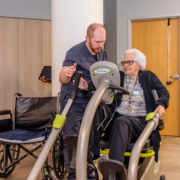

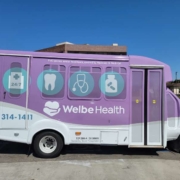 WelbeHealth
WelbeHealth
